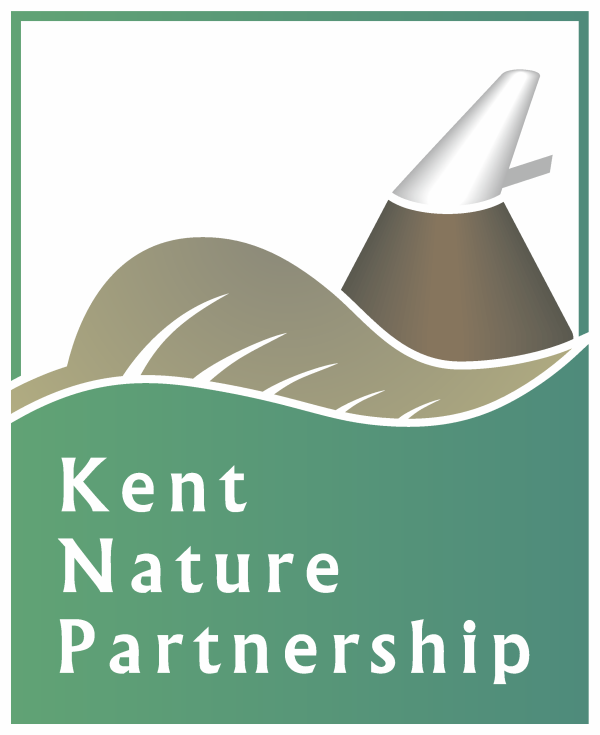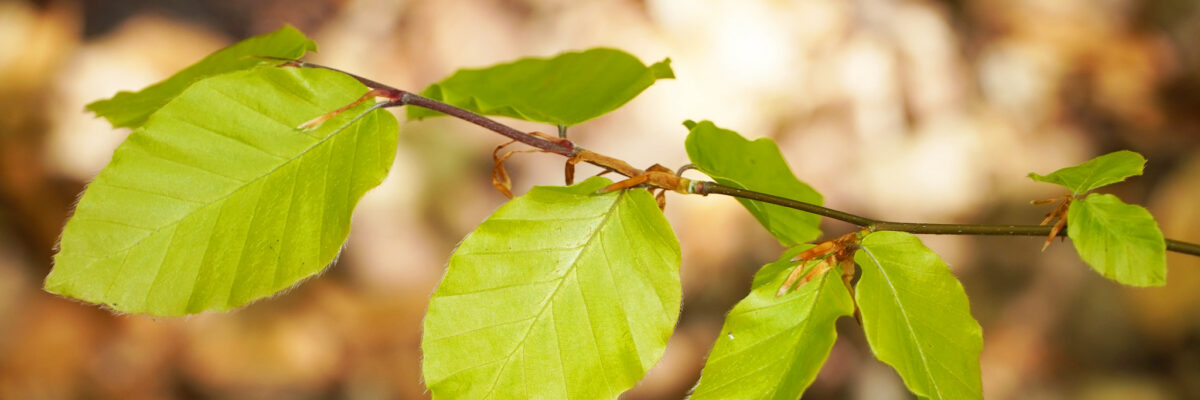Nature Recovery
It is now well recognised that coordinated landscape-scale conservation is required to slow and reverse species declines across Great Britain. This thinking was underpinned by Professor Sir John Lawton in his 2010 report, ‘Making Space for Nature’, which called for “more, bigger, better, joined” wildlife sites.
Crucially the need for a Nature Recovery Network (NRN) to achieve this vision, was included in the Government’s 25 Year Environment Plan and is now mandated in the new Environment Act. The NRN will need to provide 500,000 hectares of additional wildlife habitat, as well as delivering a wide range of additional benefits.
The NRN will be implemented through Local Nature Recovery Strategies (LNRS). LNRS will provide the key mechanism for planning and mapping local delivery of the NRN. Biodiversity Net Gain (BNG), also mandated in the Environment Act, presents a huge opportunity to unlock areas of land and funding to contribute to the NRN.
These pages describe the development of these exciting approaches, alongside other aspects that will be essential to achieving nature recovery, such as Natural Capital and the application of Nature Based Solutions.
All these areas are a key focus for the work of KNP.

